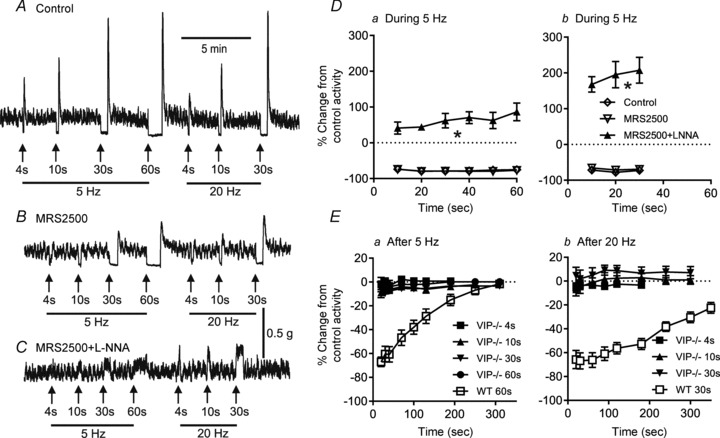Figure 4. Non-nitrergic, non-purinergic (NNNP) relaxation is absent from the VIP−/− mouse IAS.

A–C, sample traces showing responses to 5 Hz (left) or 20 Hz EFS (right) with increasing stimulus train length in control conditions (A), following the addition of MRS2500 (1 μm; B) and with l-NNA (100 μm) plus MRS2500 (C) in VIP−/− mice. The NNNP relaxation observed following EFS in WT mice is absent from the VIP−/− mouse IAS. A non-cholinergic contraction occurs during EFS in the presence of MRS2500 and l-NNA that is ∼27% of a contraction in response to 60 mm KCl (C). D, summary graphs of responses during 5 Hz (Da, n = 8–9) or 20 Hz EFS (Db, n = 8) in VIP−/− mice. An ∼80% maximal relaxation occurred in both VIP−/− (D; open diamonds and inverted open triangles) and WT mice (Fig. 3B, open triangles and filled squares), whereas addition of MRS2500 + l-NNA significantly changed the response (*p<0.05) to contraction during EFS (filled triangles) in VIP−/− mice (Da and Db). E, summary graphs of activity following various stimulus train lengths at 5 Hz (Ea, n = 8) or 20 Hz (Eb, n = 6) in control conditions in VIP−/− mice (filled symbols) compared with that of WT mice with 20 Hz EFS for 30 s (open squares). The post-stimulus relaxation that is present in WT mice is absent in VIP−/− mice. One-way ANOVA with Tukey's post hoc multiple comparison. Shown are mean values ± SEM.
